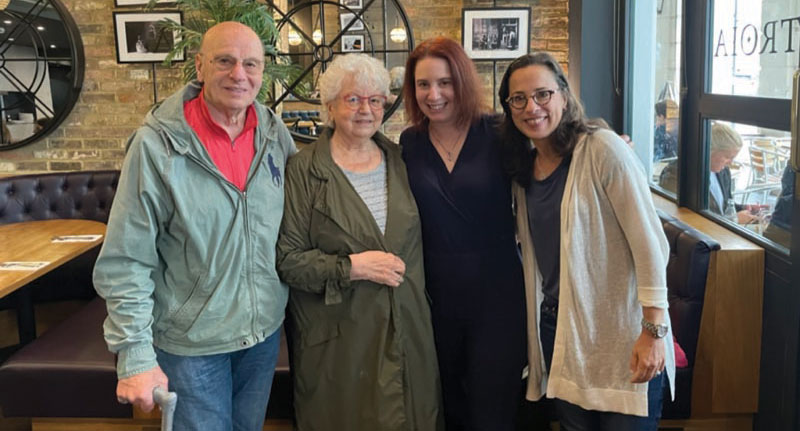 Jackie and Lita Young, Dr. Adina Newman and Jennifer Mendelsohn
Jackie and Lita Young, Dr. Adina Newman and Jennifer Mendelsohn Genealogists Jennifer Mendelsohn and Dr. Adina Newman have helped Holocaust survivors find long-lost family members. Since launching the Holocaust Reunion Project in 2022, they’ve received hundreds of requests from Holocaust survivors and their children and grandchildren worldwide.
DNA testing has evolved over the years, enabling the discovery of family members scattered across the globe. Genealogical research, particularly commercial DNA testing, can unlock mysteries and forge crucial connections, often linking survivors to living relatives they didn’t know existed. DNA matches also help survivors reconstruct their shattered family trees and reclaim their lost history, reopening lines of communication severed by the Holocaust.
Since the project began, over 1,200 Holocaust survivors or their descendants have received free DNA tests thanks to Mendelsohn and Newman. They are not only genealogists but also detectives, gathering information, conducting online research and piecing together family trees for those searching for their identities.
After years of working in the Jewish genetic genealogy space, co-founders Mendelsohn and Newman recognized the revolutionary potential of DNA testing for the Holocaust survivor community, leading to the creation of the Holocaust Reunion Project. “We started as a pilot project at the Center for Jewish History,” said Mendelsohn. “They provided us with some seed funding. The project ended earlier this year, and we continued on our own as an independent organization.”
One case involved two sisters in Poland, Halina Michałowska and Krystyna Leszczynska, who were unaware of each other’s existence and reunited after 80 years apart. Born during World War II, neither remembered their parents. The DNA tests also revealed that they are Jewish—something that may explain why their parents chose to give them up.
“Their grandchildren told them, ‘You were abandoned in 1941 in Poland and orphaned. Let’s find out what’s going on.’ So they both took a DNA test and discovered they were sisters,” said Mendelsohn.
After seeing the sisters’ story in the news, the genealogists decided to help them uncover the identities of their parents. “We found out they have living relatives—one is a second cousin in Germany and they have cousins in Australia, Boston and Israel. Literally everywhere,” said Mendelsohn.
The sisters expressed relief in knowing they weren’t abandoned by their parents but that their parents had tried to save them from death. Leszczynska was raised by nuns in an orphanage, while Michałowska was found wrapped in a blanket on church steps as a toddler.
Another case was the search for Jackie Young’s father. Young appeared on the BBC show “DNA Family Secrets,” voicing concerns that his father might have been a Nazi. He knew nothing of his past or that he was adopted until he was preparing to marry his fiancée, Lita. Affiliated with the London Jewish community, he needed proof of his Jewish identity before the marriage could proceed at a local synagogue. It was only then that he learned about his birth in Vienna and how he miraculously survived as an orphaned infant for two years and eight months at the Theresienstadt ghetto in Czechoslovakia.
He was able to find the name of his biological mother, Elsa Spiegel. However, there was no record of his father. That field on his birth certificate was left empty.
Once Mendelsohn and Newman heard the story, they were eager to help Young find the truth about his birth father.
“Jennifer and I are admins at a popular Jewish DNA group on Facebook,” said Newman. “Someone in the group mentioned that their parents are neighbors with Jackie. So we contacted him and said we would be happy to help.”
“It took for some fun detective work,” said Mendelsohn. “Using his DNA matches, we were able to zero in on a family we thought were Jackie’s grandparents. We needed a son of theirs and discovered there were three daughters and two sons—one son was in France around the time Jackie was conceived, so we knew it couldn’t be him.”
Through Google Maps, they found that the second son lived a seven-minute walk from where Jackie’s mother lived. This man was his dad. Unfortunately, both parents were on the same transport to the execution camp. Elsa Spiegel called her baby Yona Jakob Spiegel. He was born at the Rothschild-Spital (Jewish hospital) on December 18, 1941 and handed over to an orphanage before Spiegel was deported.
The two also discovered that Young’s father had been married a few years earlier and had a son, but was no longer living at the same address as his wife. “We assumed they were separated or divorced,” said Mendelsohn.
Mendelsohn and Newman created a family tree based on matches in DNA databases and historical documents. This tree dates back to the early 1800s, tracing Young’s lineage to a family in Lackenbach, which was then part of the Austro-Hungarian Empire and is now in Austria.
Newman explained that, indirectly, they have helped many people find family connections while working on their client’s DNA and genealogy tree. “It’s hard to know exactly how many people we’ve assisted,” she said. “We’re connecting people from all over the world, using matching trees to reconstruct family histories, which allows many others to discover their roots.”
“We’re connecting people from all over the world.” – Adina Newman
Another case involved a woman smuggled from the Bialystok ghetto as a toddler. Mendelsohn said, “Her parents were trapped inside and hoped she would survive. They arranged for her to be taken out through the fence on someone’s back. Unfortunately, they didn’t make it out. She had just a scrap of paper with two names on it—her parents’ possible surnames—nothing more. For 70 years, she searched for her identity. After taking a DNA test, we helped her find her parents’ marriage record from 1936 in Bialystok.”
The work often comes as a shock to clients, especially those who discover they have Jewish roots for the first time. Newman said, “For many, it’s a huge surprise to learn about their family connections. We also have those who believe they are 100% Jewish and find out they are only 50% and want to know who their non-Jewish father is.”
Newman added that the emotional impact of their work is bittersweet. “Sometimes we connect relatives and sometimes there’s no one left to find. We can help trace a family tree, but we can’t always reunite them with living relatives. Yet, that process can be empowering. Many in our community believe the Holocaust created an uncrossable chasm in our history, but that’s not true.”
Finding where you came from and who your parents and grandparents were is very meaningful for those whose roots are unknown or feel they are alone in the world.
“We often talk about how these people lost not only their living relatives but also the chance to learn their history,” said Mendelsohn. “Because how do any of us know our history? Thanks to grandma, who would tell us stories while baking bread in the kitchen, sharing where she came from and the names of her sisters. These people feel there’s no way to reconstruct that history, but there is a way; they just don’t know how.”
“One of our clients moved us deeply,” added Mendelsohn. “Her father was the only survivor of their family. We gave her her grandparents’ marriage certificate from 1921 in Poland, and you would think we had handed her the Ark of the Covenant.”
To learn more about the Holocaust Reunion Project, please visit: holocaustreunions.org






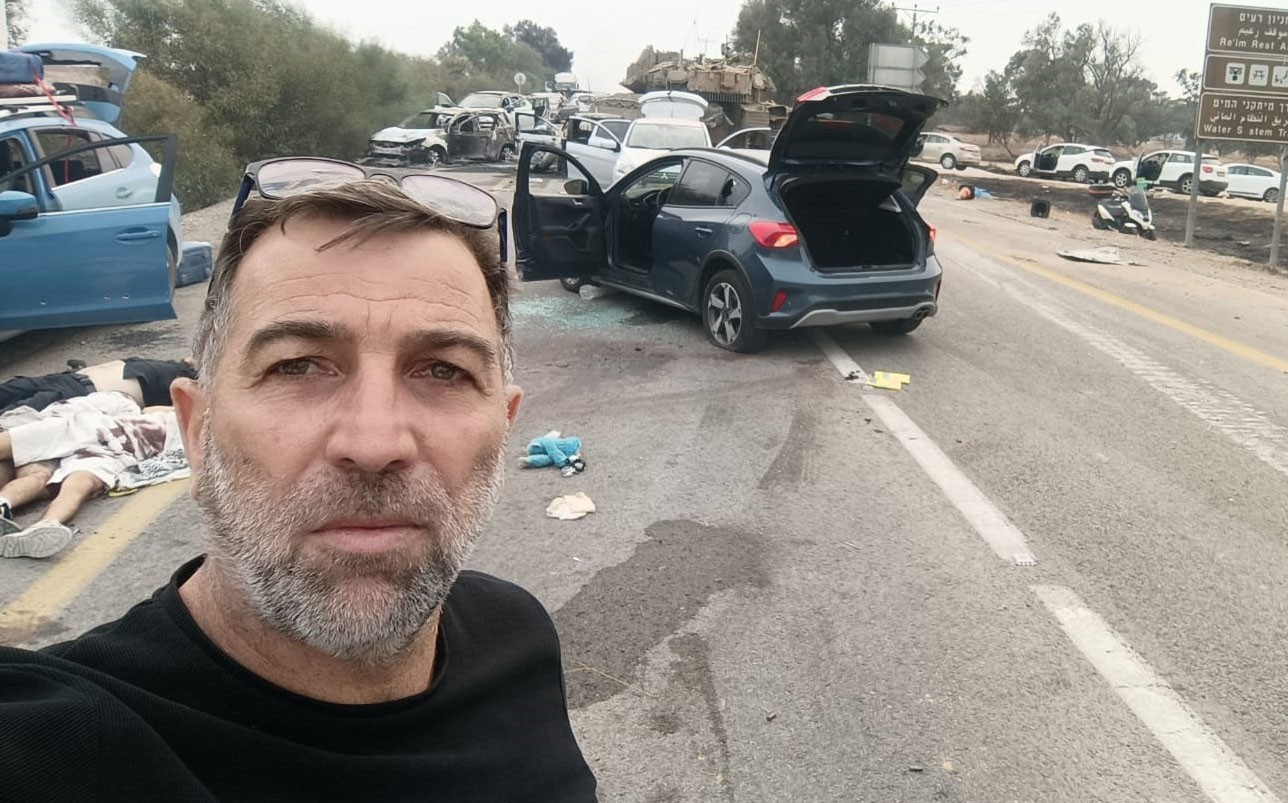
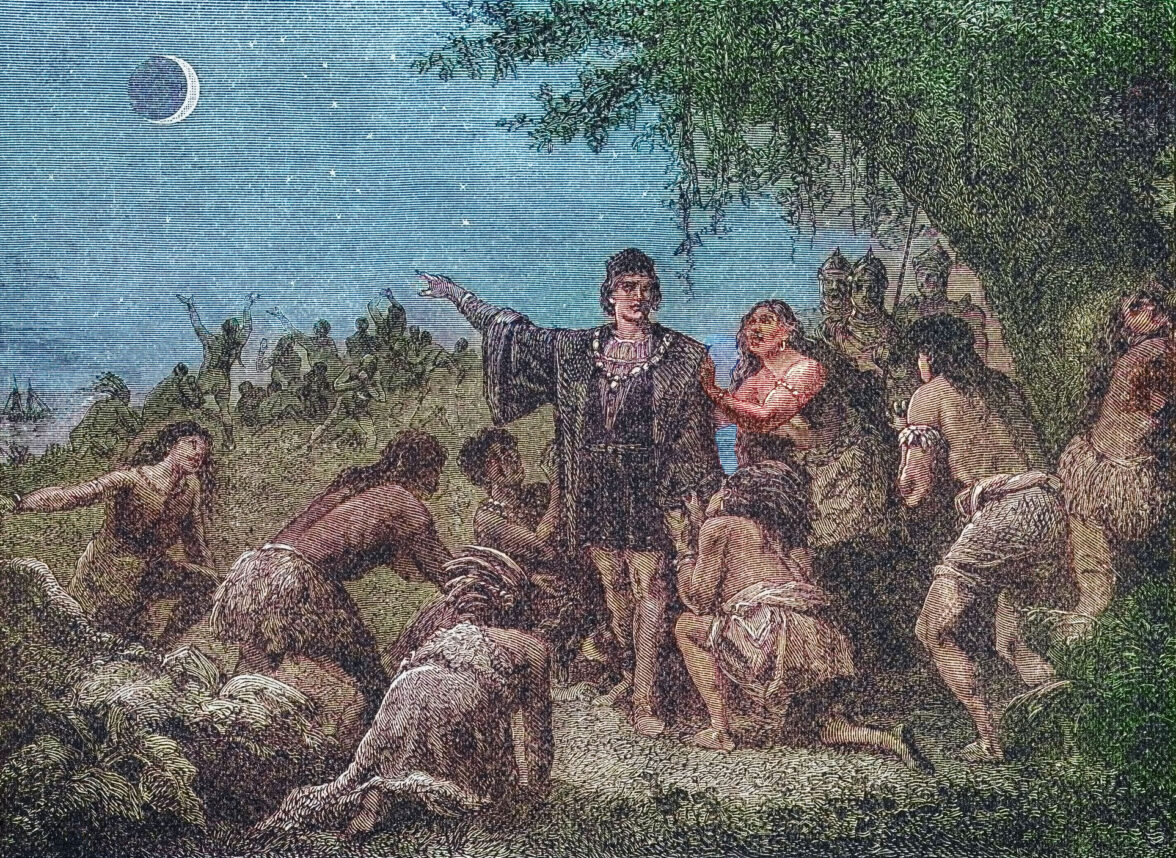
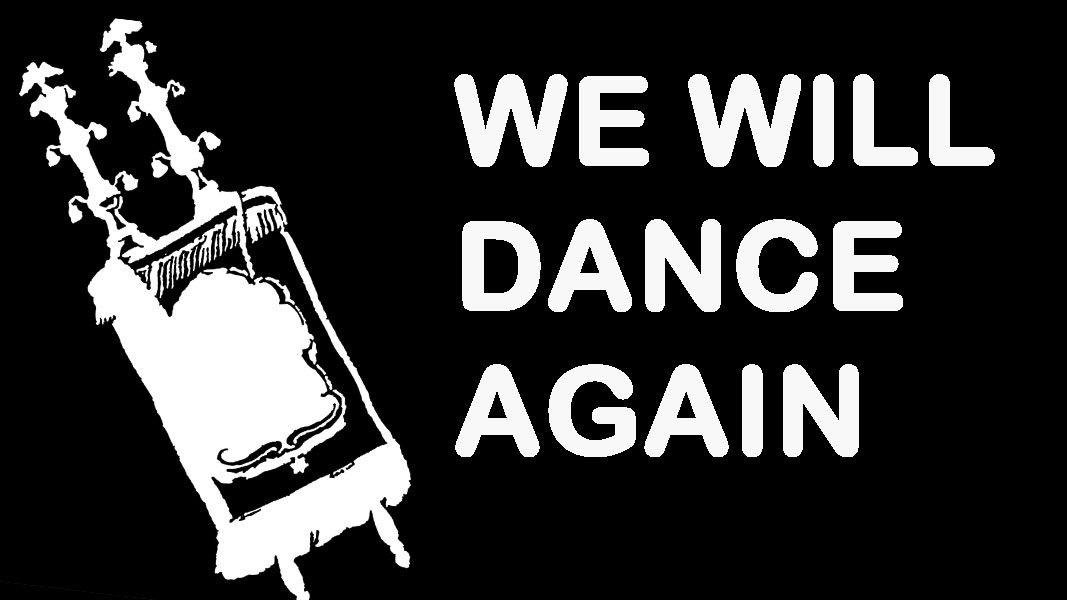
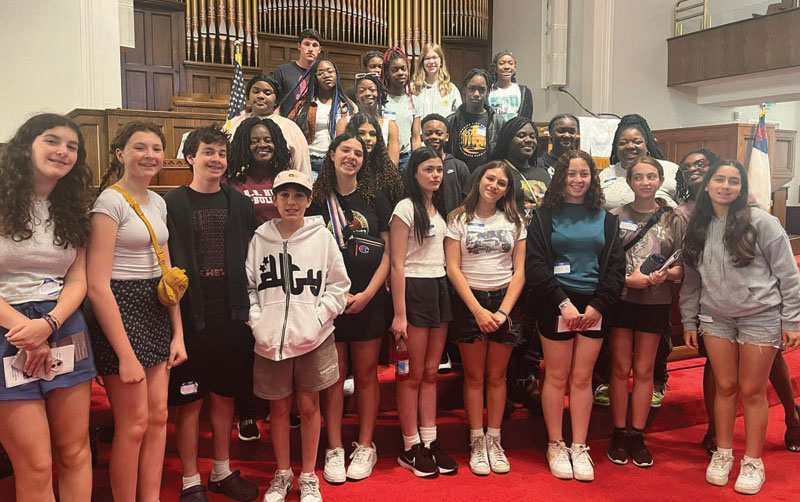
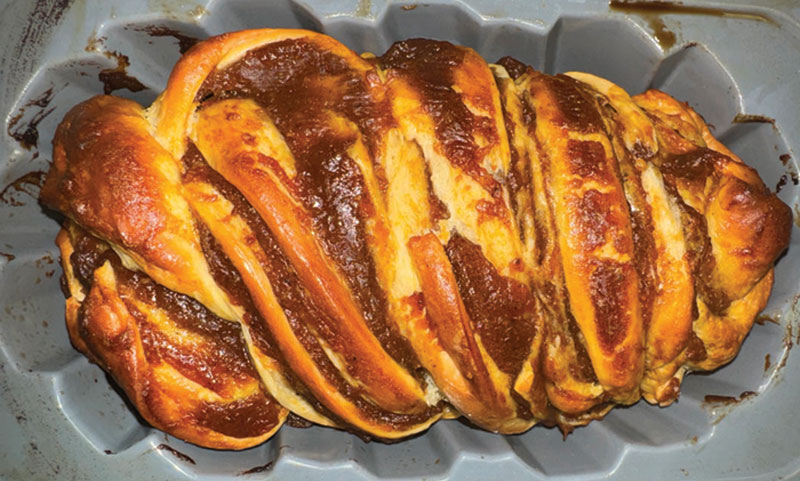
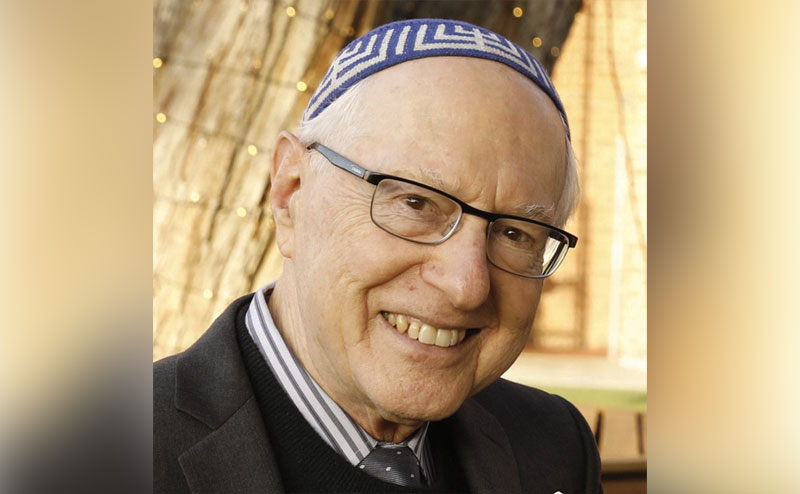
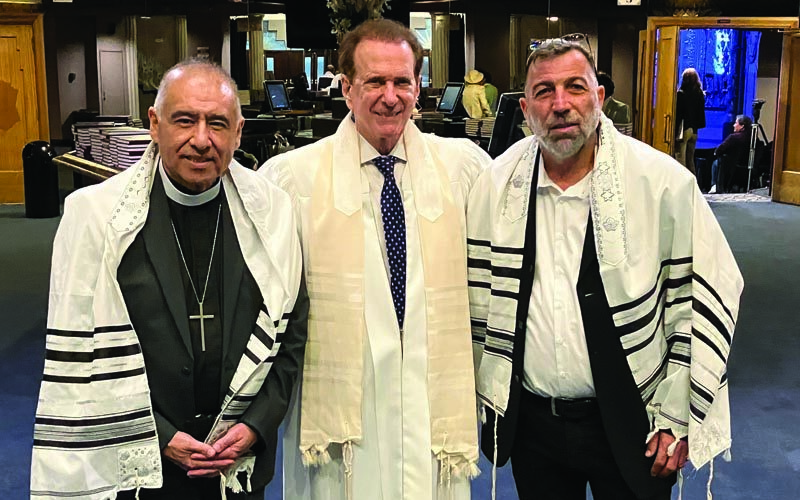

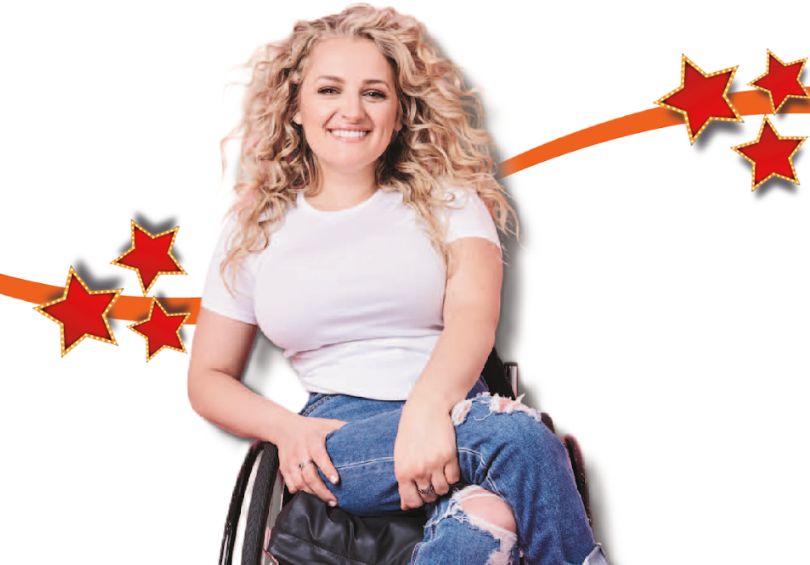




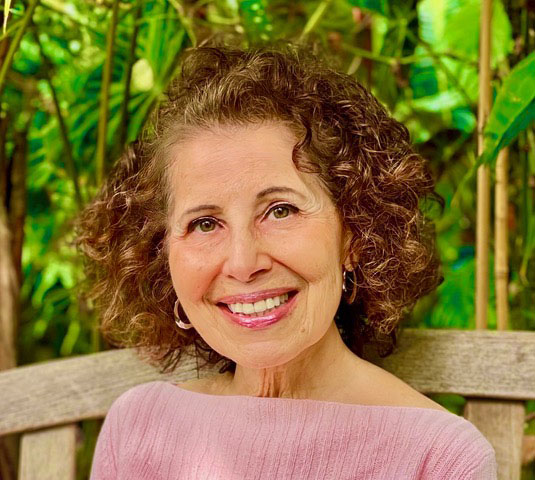

 More news and opinions than at a Shabbat dinner, right in your inbox.
More news and opinions than at a Shabbat dinner, right in your inbox.